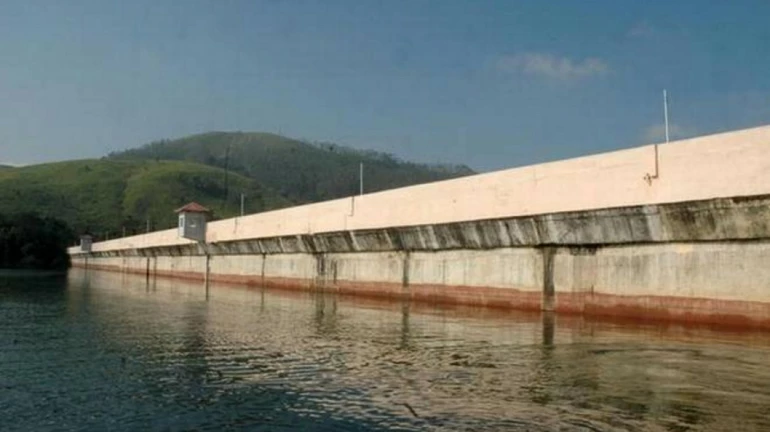
Maharashtra is currently going through a water crisis that can soon become severe. The state’s reservoirs and dams are at just 37.52% capacity due to rising temperatures and drought. The water crisis is so challenging that the administration has had to deploy 1,417 tankers in hundreds of villages and towns.
This is a huge increase from the 61 tankers deployed on the same day last year. It should be noted that 66% of the state’s revenue circles are currently experiencing a drought.
In response to the crisis, the state government announced a drought in 40 of the state’s 356 tehsils on October 31, 2023. This was due to insufficient rainfall. Then, the government designated 1,532 of the 2,292 revenue circles as being affected by the drought due to acute water scarcity in rural areas.
The live water storage in the state's dams was reportedly reduced to 41% on March 24. 56.5% of the total capacity was occupied at this time last year. In about a week, it has gone down to 37.52%. The current water availability in different regions of Maharashtra varies.
In Nagpur, the water availability stands at 48.84%. Amravati has slightly more water availability at 49.62%. However, the Marathwada region is facing a severe shortage with only 19.36% water availability. In Nashik, the water availability is 38.17%, while in Pune, it’s slightly lower at 36.34%. The Kokan region has the highest water availability at 50.50%.
The water shortage has severely impacted local communities. For instance, in the Thane and Palghar districts, villagers marched to 39 gramme panchayats organised by “Shramjeevi Sanghatana,” a pro-tribal organisation. It has been reported that villages in Shahapur tehsil receive water just once every two to three days.
Maharashtra has a total live storage capacity of 40,485 mcm (million cubic metres) with 2,994 small, medium, and large dams spread throughout the state. However, as of April 1, live storage had decreased to 15,189.42 mC. The Marathwada region has the lowest water availability, at 19.36%, compared to 45.44% at this time last year. The Konkan region has the maximum water availability at 50.50%.
To mitigate the crisis, 1,153 villages and 2,581 hamlets get water through 1,417 tankers. The Marathwada region has the most tankers, with 720, while 345 tankers are delivering drinkable water to North Maharashtra.
As far as the dams in Mumbai are concerned, Upper Vaitarna, Tansa, Vihar, and Tulsi range from 40 to 50%. The Modak Sagar dam's storage is significantly lower at 23.90%. The Middle Vaitarana dam is facing a severe shortage with a storage level of just 12.75%. The Bhatsa Dam's storage level is at 28.46%.





